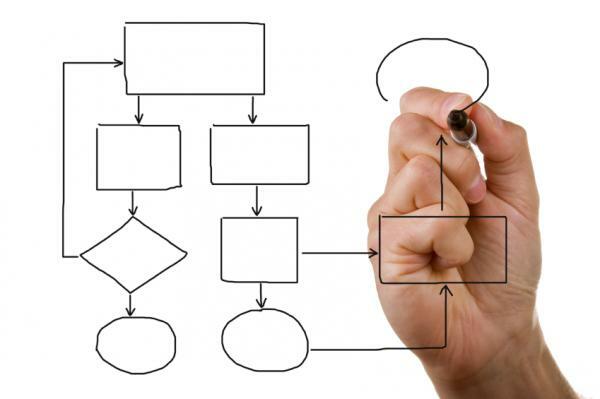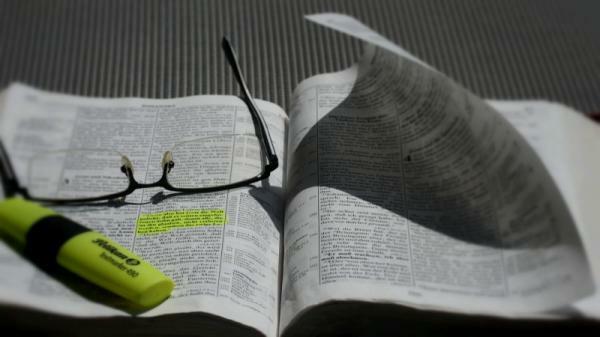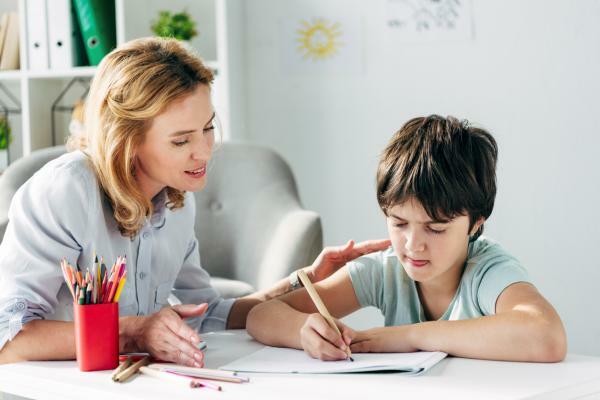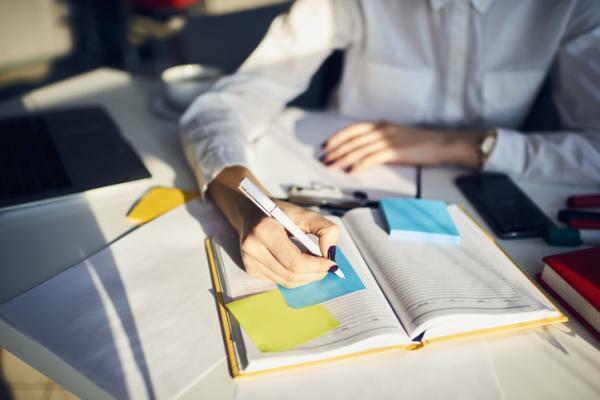
Academic failure is not only a consequence of problems or cognitive deficiencies of the student. Sometimes, this failure may be due to the fact that the student's way of studying is not adequate. Therefore, there are different study skills training programs that can be very useful for all those people who are studying and need to learn to study from a more effective and satisfactory way or they need to improve their own study techniques to avoid possible failure schoolchildren. The method L.S.E.R.M. is one of these study techniques training programs, which aims to teach the main steps to follow in studying and learning a lesson. That is, this method aims to train people in the main study techniques that can facilitate the learning process. As already mentioned, the L.S.E.R.M. teaches to perfect the fundamental steps that must be carried out in the study of a text or a topic and that, as indicated by their initials, are the Reading, the Underline, the Outline, the Summary, the Review, and the Memorization Next, in Psychology-Online, we are going to detail you
Index
- L = Reading
- S = Underline
- E = Scheme
- R = Summarize and Review
- M = Store
L = Reading.
The first step in the study is to read the text to be learned. For this, an exploratory or pre-reading reading (that is, a first quick reading of the text) allows to obtain a first initial synthesis. of the topic and, later, a comprehensive reading (re-reading the text carefully) helps to understand and deepen the content of the same. In short, "without understanding it is difficult to learn and very easy to forget." In order to perform a comprehensive reading of a text, it must be read in great detail, paying attention to and reflecting on its logical structure, on the ideas that are pose in it and on the meaning of the words that are unknown, even look them up in a dictionary if it is necessary.
S = Underlined.
The next step is to learn to underline the text or learn to point out the most important ideas that you want to highlight. Underline consists of highlighting by strokes (making lines or lines) the fundamental or secondary ideas present in the text, as well as all key words or important details, so that stand out. The advantage of using underlining is that you avoid wasting time when studying the text, since it allows to fix the attention on what interests, that is to say, it allows to make quick reviews of the subject to study. There are several ways of underlining, although each person can use the way of underlining that best suits their study, you can even use combinations of underlines. The main types of underlining are: Linear underlining, which can be done using single lines, double dashes or dotted lines, or by using colors. The underlining of crimping or making marginal annotations (write in the margin) of two or three words culled from the text and that summarize it. Underlining with signs, that is, using conventional or invented signs to mark important ideas, aspects that are not understood, etc.
E = Scheme.
The scheme is the graphic representation of the text summary, which allows to capture, with a simple glance, the content and the organization of the ideas of the text. Some types of schemes are: Numerical schemes Letter schemes Mixed schemes (letters and numbers) Graphical or key diagrams Arrow diagrams Bar and point diagrams Synoptic tables Diagrams

R = Summarize and Review.
The resume It consists of synthesizing or reducing to shorter and more precise terms the most essential of the subject that you are trying to learn. Therefore, a good summary should not exceed more than 30% of the length of the original text and should only reflect the most important ideas expressed personally, in the words themselves. With this technique, it is possible to develop the capacity for synthesis and improve the capacity for written expression. In addition to summarizing the text, you should review and repeat mentally or aloud himself, to retain the main ideas of the text studied, when as well as asking questions about it to know what aspects should be reinforced and again reviewed.
M = Memorize.
By last, memorize It consists of acquiring and keeping in the memory or memory those necessary and fundamental knowledge on a subject, in order to later be able to recover them satisfactorily. Therefore, it is convenient to enhance the ability to memorize or remember all the issues that have a greater degree of difficulty through what are called mnemonic rules.
Some memorization techniques or mnemonic rules are:
- The Cartoon Technique, which consists of building a story with the elements to be memorized.
- The Technique of places, which is to associate each of the elements to be memorized with the places on a journey that is familiar to the student.
- The Chain technique, which aims to concatenate the words to be memorized through the use of images.
- The Creative Prayer Technique, which consists of concentrating a meaning or content of a topic through a sentence.
The L.S.E.R.M. It is not the only study skills training program out there. There are other programs whose purpose, too, is to teach ways of studying that help improve one's own study and learning process, increase academic performance and promote self-esteem and motivation school.
Some of these training programs include the exam preparation techniques, study planning techniques, relaxation techniques, etc. Ultimately, all study techniques training programs aim for the student to discover which is their best personal method of study, by offering you small and big “tricks” that can be very useful and that, especially, usually go aimed at school-age children and adolescents, to prevent a possible "school failure" and guide them in their journey academic.

This article is merely informative, in Psychology-Online we do not have the power to make a diagnosis or recommend a treatment. We invite you to go to a psychologist to treat your particular case.
If you want to read more articles similar to Study Techniques: Improve Learning Ability, we recommend that you enter our category of Education and study skills.
Bibliography
- Clough, E. (1989). Study and examination techniques. Editorial Pyramid. Salas, M. (1993). Study techniques. Alliance theme library.
- Tender, B. (1995). How to study successfully. Young Square.
- Tender, B. (1994). The best study techniques. Today's Issues Editions.


